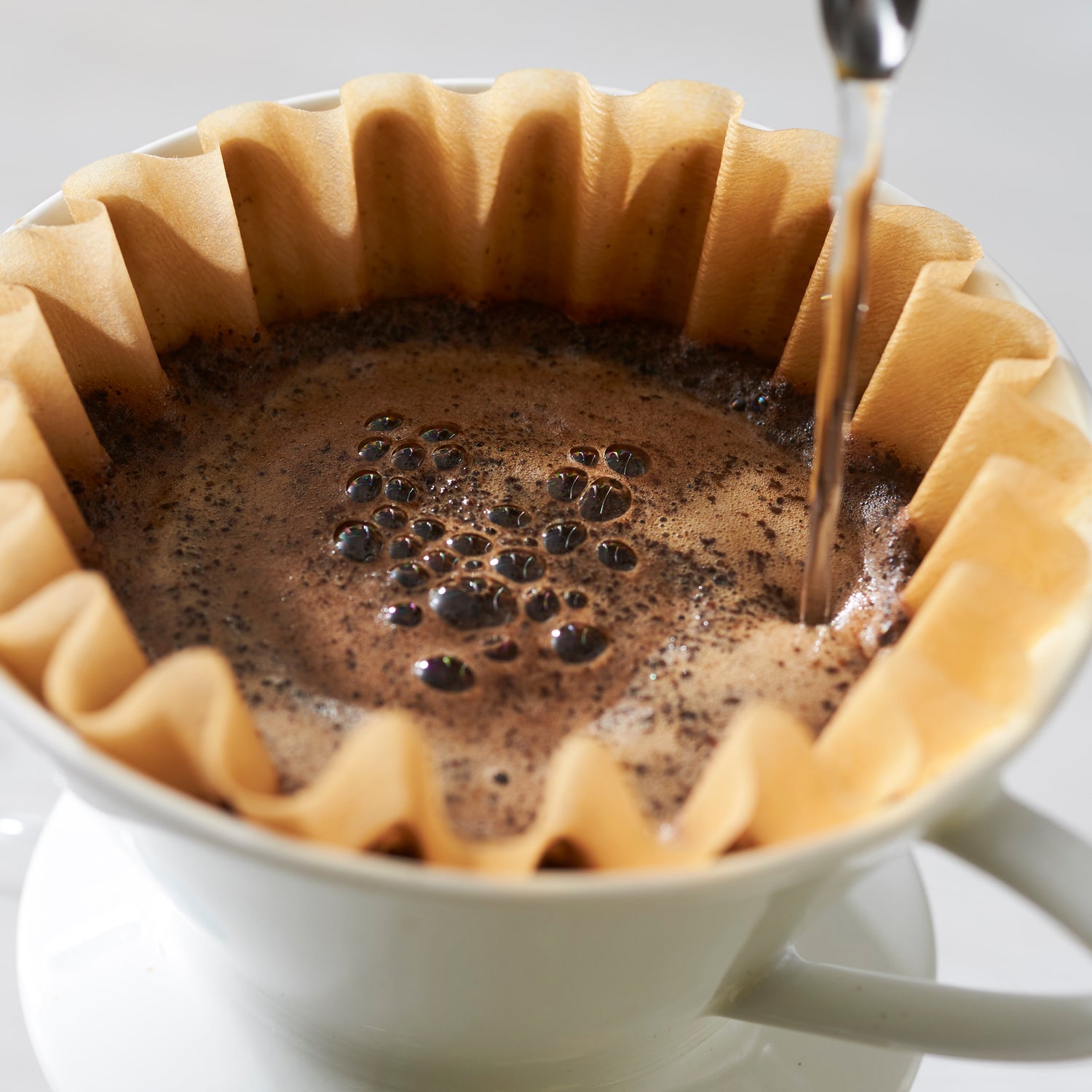Brewing great coffee doesn’t have to be complicated. The key? Go with a pour-over. While the term may evoke images of mustachioed baristas, this highly portable, completely analog tool is easy to learn how to use and just at home on the trail as it is at your local café. We asked James Freeman, founder of the globe-spanning coffee roaster , to help us dial in our pour-over technique.
#1. Pick Your Beans
This step is really all about personal taste, of course. Not surprisingly, Freeman recommends , because it’s the company’s most forgiving blend to brew under difficult circumstances—like your backcountry campsite.
#2. Dial in the Proportions
Don’t think you can just dump some grounds into the pour-over cone and call it a day. Aim for a ratio of ten parts water to one part grounds and you can’t go wrong. That said, when in doubt, add more grounds. “Coffee is like butter,” Freeman says. “More is almost always better than less.”
#3. Grind Your Own
Skip the preground beans. Thanks to small, portable hand grinders like the , you can have freshly ground coffee pretty much anywhere, no electricity required. For a pour-over, stop grinding when the grounds reach the consistency of coarse sea salt.
#4. …Or Don’t
If you’re really trying to shave weight in your pack, check out , Blue Bottle’s line of single-portion preground beans wrapped in proprietary, oxygen-free packaging to guarantee the grounds stay fresh for six months. We dig this stuff.
#5. Filter Right
A good filter shouldn’t taste like anything, so forget the brown ones you find at your local grocery store unless you prefer your roast with a hint of cardboard. Freeman recommends . Be sure to wet the filter with hot water and dump the excess liquid before adding the grounds.
#6. Master the Four-Part Pour
A good pour-over requires four additions of hot water. The first, an outward spiral starting at the center, should saturate all the grounds and take about 15 seconds, followed by 30 seconds to let the coffee drip. The second, which should last about 20 seconds, starts at the filter and spirals inward to stir the grounds. When the water level in the filter drops to the top of the grounds, repeat this pour and wait until the filter is almost completely drained before repeating it one last time.
Enjoy.


